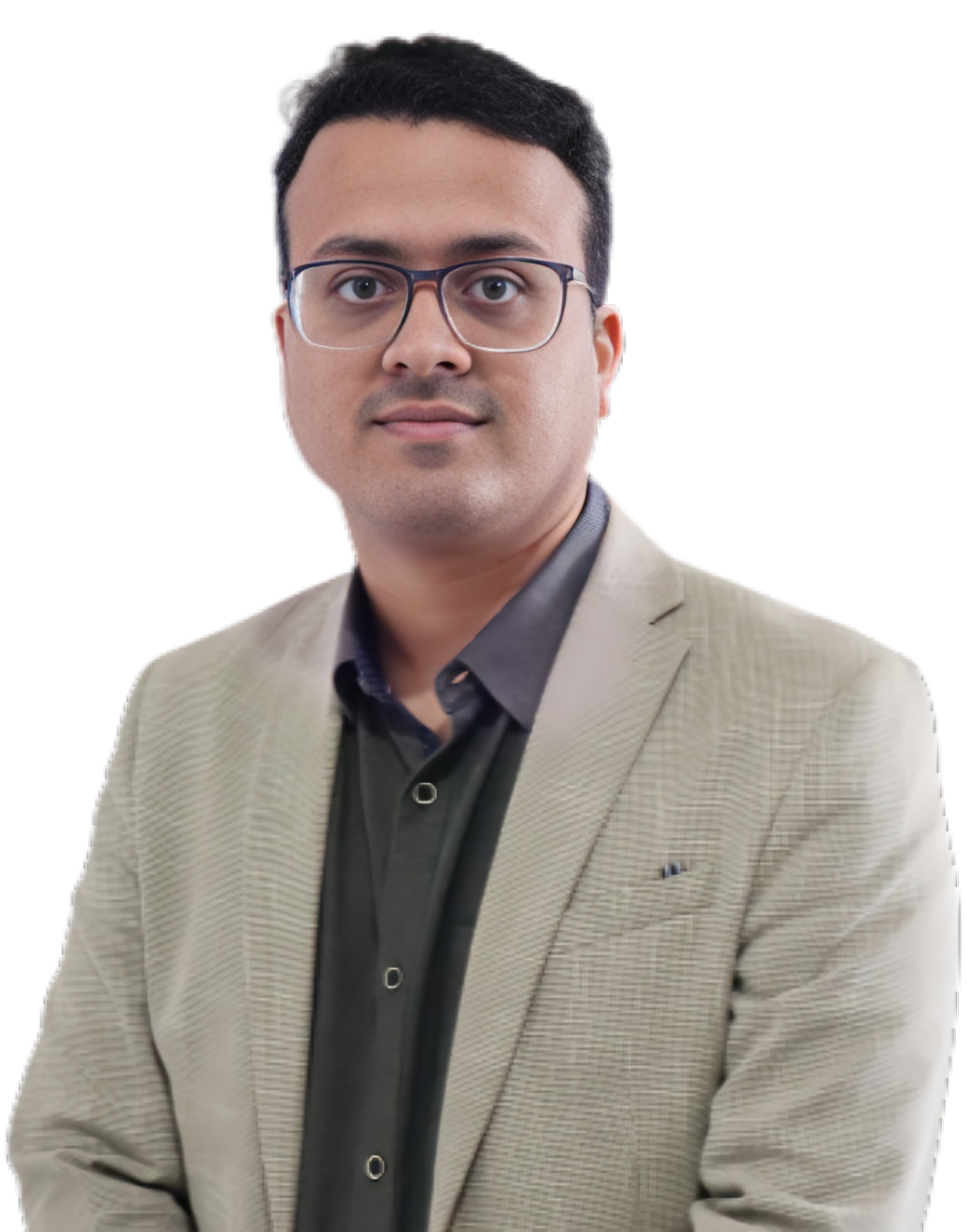Dr. Paresh Bang | Matruchhaya Spine Clinic
Meet Our Doctor
Dr. Paresh Bang
M.B.B.S, D.orth, DNB, Fellow in Spine Surgery
Consultant Spine Surgeon
Consultant Spine Surgeon
Dr. Paresh Bang is a young and dynamic Spine surgeon who is rendering his services in Nagpur. He has an experience of more than 12 years in the treatment of Spine problems.

Scoliosis Surgeon In Balaghat

Scoliosis Surgeon
Dr. Paresh Bang is a young and dynamic Spine surgeon who is rendering his services in Nagpur. He has an experience of more than 7 years in the treatment of Spine problems. He is an expert in performing surgeries in Spine through both open and minimal access techniques.
Scoliosis is a condition in which the patient’s spine transforms into abnormal lateral curvature. It is most common in children in their early adolescence. Also, scoliosis is two times more common in girls than in boys. Dr. Paresh Bang is one of the leading Orthopedic Spine Surgeon in the Nagpur.
What Causes Scoliosis?
In most cases, the cause behind developing scoliosis is unknown which is known as Idiopathic Scoliosis. Scoliosis can also result sometimes due to specific causes such as
- The kids have associated syndromes which make their spine tilted including neurofibromatosis.
- Abnormal formation of spinal bones. When the spinal bones fail to form completely or fail to separate from each other during fetal development.
- It can also result from certain neuromuscular conditions including cerebral palsy.
In older adults, scoliosis occurs as a result of changes in the spine due to arthritis known as spondylosis.
When to Consider a Scoliosis Surgeon
Scoliosis surgery is generally recommended in the following situations:
- Severe spinal curvature: Curvatures greater than 40 to 50 degrees, especially if worsening.
- Chronic pain: Significant back pain that interferes with daily activities and does not improve with non-surgical treatments.
- Respiratory or heart problems: In severe scoliosis, the curve may affect lung or heart function.
- Progressive deformity: When the curvature continues to worsen, even with bracing or other treatments.
- Cosmetic concerns: Significant spinal deformities that affect the person’s appearance and self-esteem.
Types of Scoliosis Surgery
- Spinal Fusion:
- The most common surgery for scoliosis. It involves fusing two or more vertebrae together to prevent further curvature of the spine.
- Instrumentation: Metal rods, screws, hooks, or wires are used to hold the spine in place while the bones fuse.
- Growing Rods:
- Used in younger children whose spines are still growing. Adjustable rods are placed to control the curve while allowing the spine to grow.
- A rods are lengthened every few months, often with minimally invasive techniques.
- Vertebral Body Tethering (VBT):
- A less invasive option, particularly for adolescents. A flexible cord (tether) is attached to the spine to the straighten it while preserving mobility. Unlike fusion, VBT allows continued growth of the spine.
- Osteotomy:
- For more severe, rigid scoliosis curves, a portion of the vertebra is removed to correct the spine’s alignment.
Choosing a Scoliosis Surgeon
When choosing a scoliosis surgeon, consider the following factors:
- Experience and specialization:
- Look for a surgeon with significant experience in treating scoliosis, especially for complex cases.
- Surgeons who specialize in pediatric scoliosis or adult scoliosis depending on the patient’s age.
- Board certification:
- Ensure the surgeon is board-certified in orthopedic surgery or neurosurgery and has fellowship training in spine surgery or scoliosis treatment.
- Surgical outcomes:
- Review the surgeon’s track record with scoliosis surgeries, including success rates and complication rates.
- Patient reviews and testimonials:
- Check patient reviews or speak to former patients to understand their experiences with the surgeon and the recovery process.
- Hospital affiliation:
- Scoliosis surgeons are often affiliated with major hospitals or specialized spine centers that have the equipment and resources to manage complex spinal surgeries.
Non-surgical Alternatives for Scoliosis
Before considering surgery, scoliosis patients often try non-surgical treatments, including:
- Bracing: Often used in adolescents to prevent worsening of spinal curvature during growth spurts.
- Physical therapy: Exercises to strengthen the back muscles or improve posture.
- Pain management: Medications or injections to manage pain associated with scoliosis.Contact Us
Recovery from Scoliosis Surgery
Recovery from scoliosis surgery can be take a several months:
- Hospital stay: Typically 3-7 days.
- Physical therapy: Essential for regaining strength or flexibility.
- Return to activities: Light activities can often resume after 4-6 weeks, but it may take 6-12 months to fully return to normal activities, depending on the type of surgery.Visit Our Hospital
